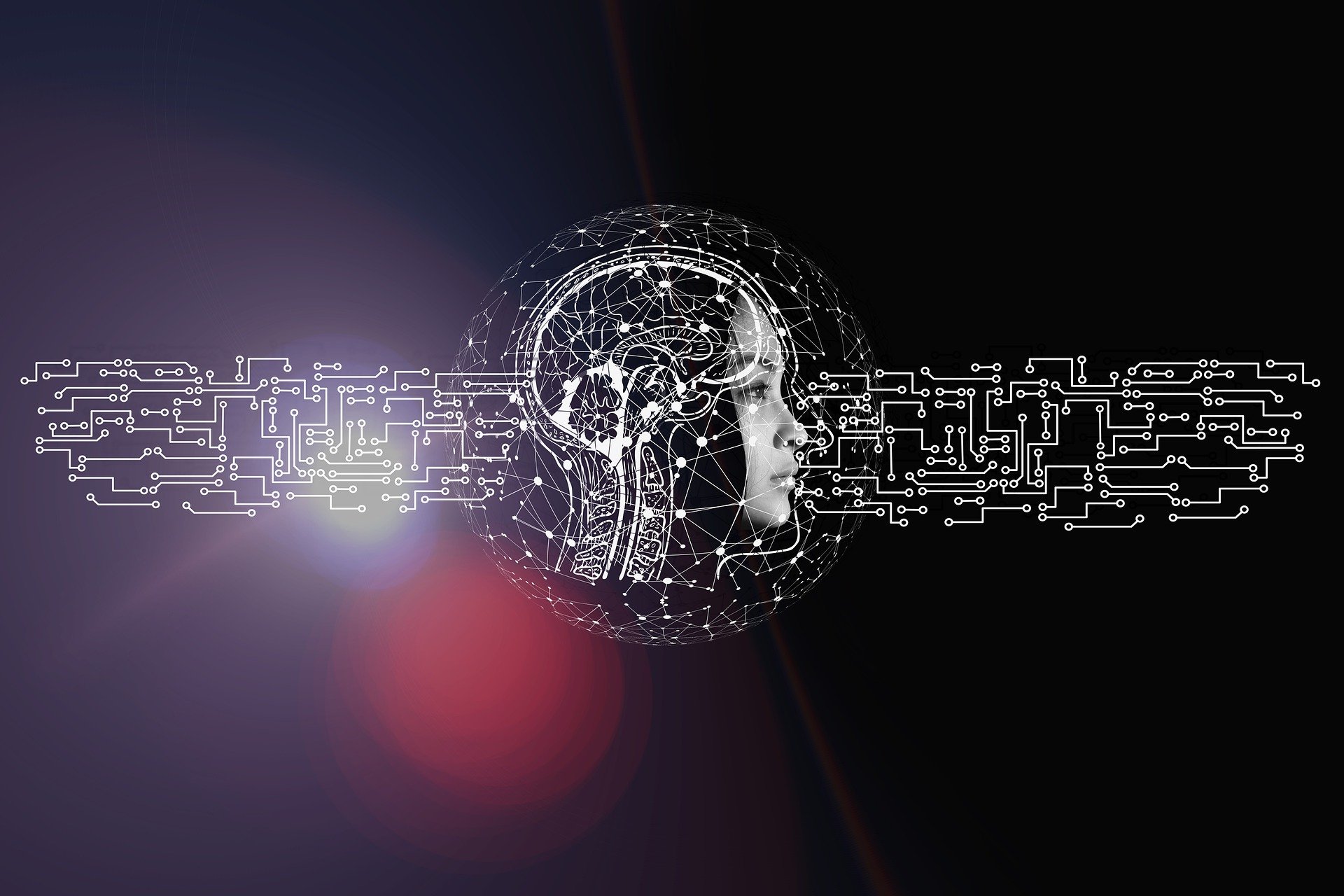
Scientists develop a software that can be used in combination with MRI data for research and diagnosis
Viewing behavior provides a window into many central aspects of human cognition and health, and it is an important variable in many functional magnetic resonance imaging (fMRI) studies. Researchers from the Max Planck Institute for Human Cognitive and Brain Sciences in Leipzig and the Kavli Institute for Systems Neuroscience in Trondheim have now developed software that uses artificial intelligence to directly predict eye position and eye movements from MRI images. The method opens up rapid and cost-effective research and diagnostic possibilities, for example, in neurological diseases that often manifest as changes in eye-movement patterns, writes the Max Planck Institute in a press release.
To record eye movements, research institutions typically use a so-called eye tracker – a sensor technology in which infrared light is projected onto the retina, reflected, and eventually measured. “Because an MRI has a very strong magnetic field, you need special MRI-compatible equipment, which is often not feasible for clinics and small laboratories”, says study author Matthias Nau, who developed the new alternative together with Markus Frey and Christian Doeller. The high cost of these cameras and the experimental effort involved in their use have so far prevented the widespread use of eye tracking in MRI examinations. That could now change. The scientists from Leipzig and Trondheim developed the easy-to-use software “DeepMReye” and provide it for free.
Gaze behavior
With it, it is now possible to track participants’ viewing behavior even without a camera during an MRI scan. “The neural network we use detects specific patterns in the MRI signal from the eyes. This allows us to predict where the person is looking. Artificial intelligence helps a lot here, because we often don’t know exactly which patterns to look for as scientists”, Markus Frey explains. He and his colleagues have trained the neural network with their own and publicly available data from study participants in such a way that it can now perform eye tracking in data the software has not been trained on. This opens up many possibilities. For example, it is now possible to study the gaze behaviour of participants and patients in existing MRI data, which were originally acquired without eye tracking. In this way, scientists could use older studies and data sets to answer entirely new questions.
With eyes closed
The software can also predict when eyes are open or closed. Moreover, it can track eye movements even when the eyes remain closed. This may allow to perform eye tracking even when study participants are asleep. “I can imagine that the software will also be used in the clinical field, for example, in the sleep lab to study eye movements in different sleep stages”, says Matthias Nau. In addition, for blind patients, the traditional eye-tracking cameras have rarely been used because an accurate calibration was very cumbersome. “Here too, studies can be carried out more easily with DeepMReye, as the artificial intelligence can be calibrated with the help of healthy subjects and then be applied in examinations of blind patients.” The software could thus enable a variety of applications in research and clinical settings, perhaps even leading to eye tracking finally becoming a standard in MRI studies and everyday clinical practice.
Also interesting: Artificial intelligence in healthcare? ‘Don’t focus solely on technology’
Selected for you!
Innovation Origins is the European platform for innovation news. In addition to the many reports from our own editors in 15 European countries, we select the most important press releases from reliable sources. This way you can stay up to date on what is happening in the world of innovation. Are you or do you know an organization that should not be missing from our list of selected sources? Then report to our editorial team.
